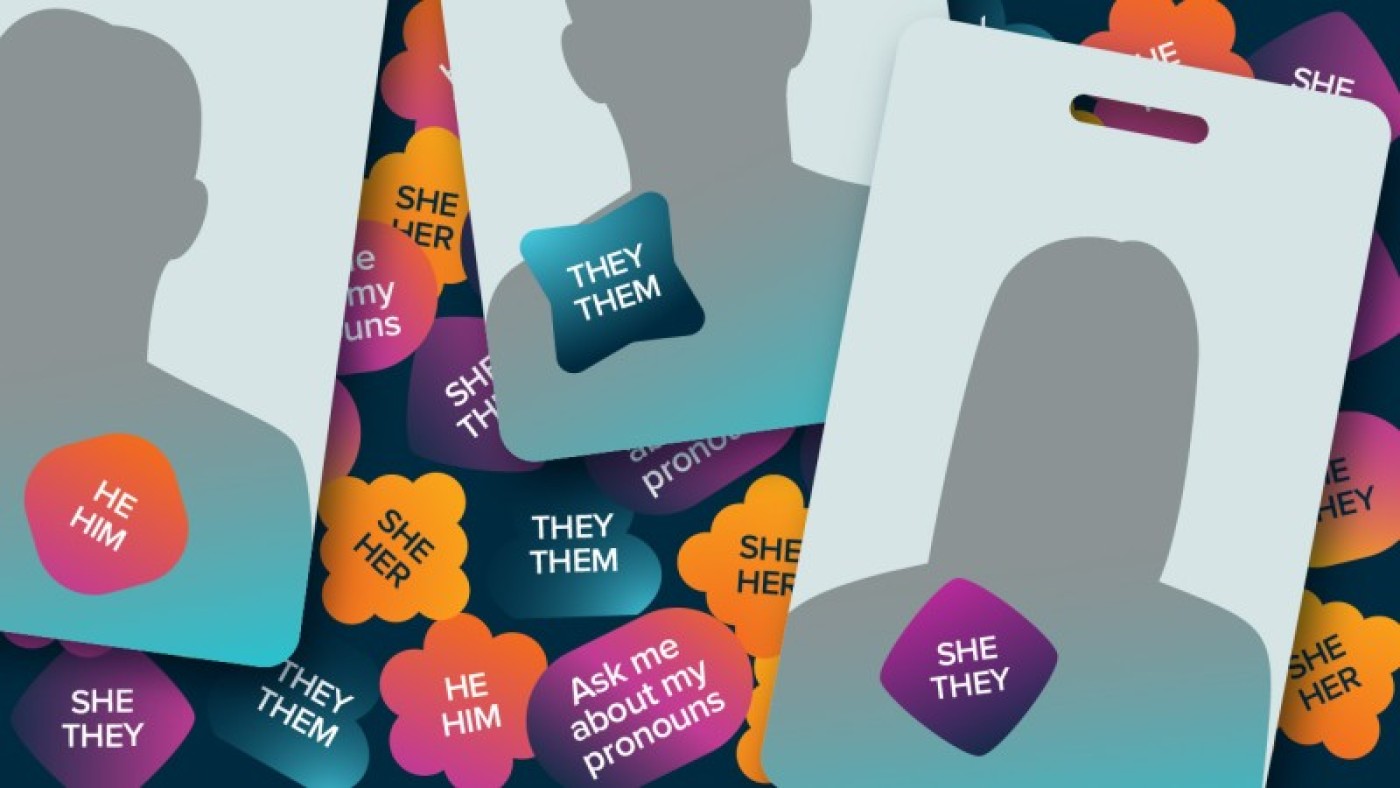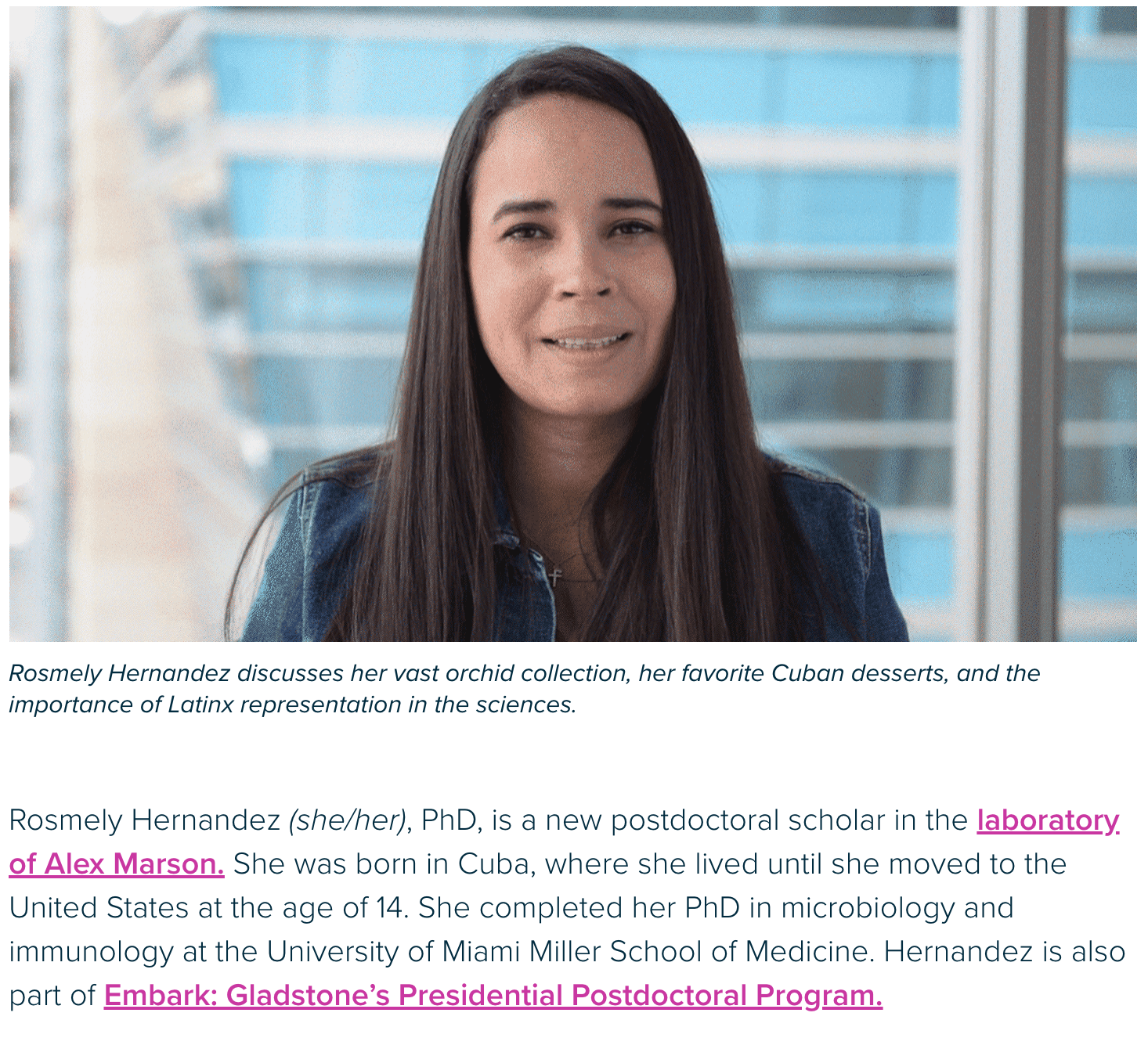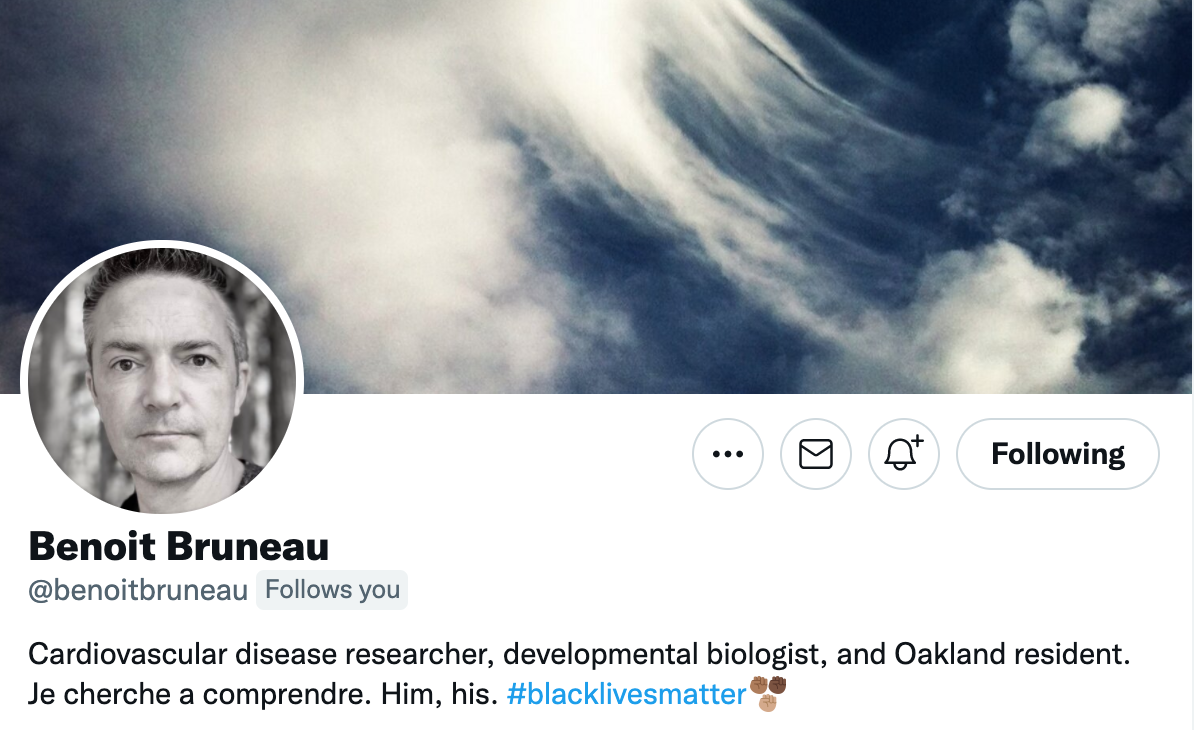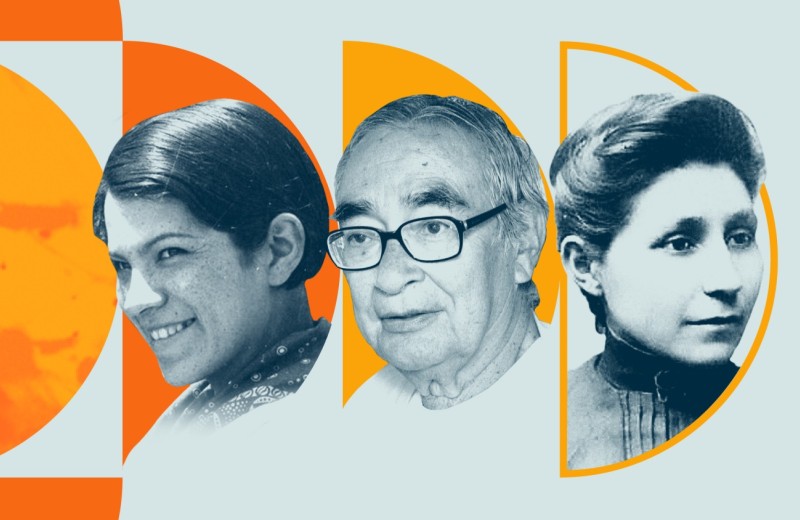Gladstone NOW: The Campaign Join Us on the Journey✕

International Pronouns Day aims to make respecting, sharing, and educating about personal pronouns commonplace.
Part of Gladstone’s commitment to diversity, equity, and inclusion is to support the visibility of all employees by cultivating an environment where every person is empowered to be themselves. One of the most basic ways to show respect for an individual’s identity is to use the correct gender pronoun.
Today on International Pronouns Day, we’re highlighting some of the steps we’ve taken to normalize sharing gender pronouns within the workplace and hope you can use this as a guide for yourself and your organization.
What Are Gender Pronouns?
Personal pronouns are used in everyday speech and you often use them without thinking about it.
I talked to her the other day.
He was at the meeting.
These pronouns have an implied gender and often come with certain associations. When you use a gendered pronoun, you’re making an assumption about the person you’re referring to based on their name or appearance. These assumptions can be hurtful and harmful to the person you’re speaking about and others around you because they can reinforce negative stereotypes about gender expression.
It’s important that we ask, rather than assume, someone’s pronouns. Creating an environment where people can easily share, display, and correct their personal pronouns is a simple way for your organization to show that it supports and respects individuals of all different identities.
What Can You and Your Organization Do?
Here are some ways you and your organization can normalize the use of pronouns at work and in your daily lives. When you use and display your pronouns, you’re showing that you’re aware of the importance of pronouns, which can help create an inclusive environment by encouraging people with marginalized identities to feel comfortable sharing their pronouns.
Pronoun Badge Stickers
At Gladstone, we provide pronouns stickers for employees to add to their work badges. This is an easy way for everyone to proudly and easily display their pronouns. By adding pronouns on your badge, it’s easier for colleagues to learn and use each person’s correct personal pronouns.
After consulting our internal community, we provided stickers with these options:
- He/Him
- She/Her
- They/Them
- She/They
- He/They
- Ask me about my pronouns
Your community may have different needs. So, we suggest consulting with members of your organization to find out which pronouns are most appropriate.
Add Pronouns to Stories
Another way to make sharing personal pronouns commonplace is to include them in the content that your organization publishes—whether that’s an article, video, or social media post.
At Gladstone, we’ve started to add pronouns to articles that feature one individual, like our employee profiles, Meet Gladstone. To avoid stigmatization or tokenism, we include pronouns for every individual, not just for those who use something other than she/her or he/him.

Include Pronouns as Part of Introductions
Sharing your personal pronouns should be as casual in the workplace as sharing in which department you work. When starting a meeting, ask everyone to introduce themselves with their name, pronouns (if they feel comfortable), and whatever fun ice breaker you may want to include.
Some people may not want to share their gender pronouns, for a variety of reasons—whether they’re questioning their pronouns, fear harassment or bullying, or just don’t feel comfortable. That’s okay too. If someone doesn’t share their pronouns, avoid using any pronouns when referring to them and instead just use their name.
Update Your Email Signature
Add your pronouns to your email signature. You can place them either right next to your name or create another line to easily display them.
Har Gobind Khorana (he/him/his)
Executive Assistant
Kakichi Mitsukuri, PhD
Program Director
Pronouns: she/her/hers
Add Your Pronouns on Zoom
Many people are still working virtually. You can easily add your pronouns on Zoom and display them along with your name in your next meeting.
Update Your Social Media Accounts
Add your personal pronouns to your personal social media accounts, either in your display name or in your bio.

In addition, a number of social media platforms, like LinkedIn and Instagram, now have fields for you to add and display your pronouns.
More Resources
Want to Join the Team?
Our people are our most important asset. We offer a wide array of career opportunities both in our administrative offices and in our labs.
Explore CareersHighlighting Native American Scientists
Highlighting Native American Scientists
Learn more about these indigenous scientists who’ve made an impact on their fields
Communications DiversityNeurodiversity in the Workplace
Neurodiversity in the Workplace
Hear about the “Strengths-Based Model of Neurodiversity” and how it can help neurodiverse individuals be successful in finding employment and in maximizing their professional potential
Communications DiversityPUMAS Program Receives Five-Year Grant to Fuel Outreach, Diversify Science
PUMAS Program Receives Five-Year Grant to Fuel Outreach, Diversify Science
The impactful summer internship program, created at Gladstone Institutes, immerses select undergraduates in cutting-edge science
Postdoctoral and Graduate Student Education and Research Development Affairs Student Outreach and Science Education Institutional News Diversity



